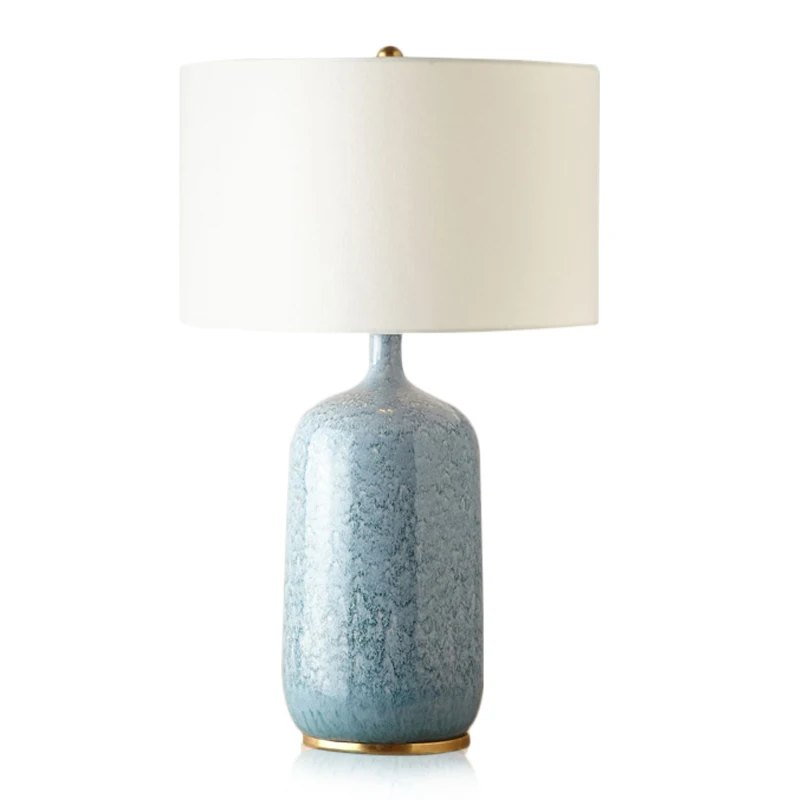
LEAFLETS
PRODUCTS
Wall Lights Transforming Your Space
Elevating Ambiance and Mood
The soft, diffused light emitted by wall lights is ideally suited for setting a specific mood. Unlike harsh overhead lighting, which can feel clinical and uninviting, wall sconces cast a gentler glow, creating a sense of warmth and intimacy. This is particularly effective in living rooms, bedrooms, and dining areas where a relaxed and comfortable atmosphere is desired. The choice of light fixture itself plays a significant role; a softly glowing frosted glass shade will project a different ambiance than a sleek, minimalist metal design. Experiment with different light levels and dimming capabilities to tailor the mood to any occasion, from a quiet evening at home to a lively gathering with friends.
Furthermore, strategically placed wall lights can subtly highlight particular areas within a room. Imagine flanking a fireplace with matching sconces, drawing the eye to this focal point and enhancing its inherent warmth. Similarly, positioning wall lights above artwork or decorative shelving can dramatically enhance their visual impact, creating a gallery-like effect. This selective illumination allows you to emphasize specific elements, while simultaneously minimizing distractions and creating a sense of balance and visual harmony within the space.
Enhancing Functionality and Practicality
Beyond ambiance, wall lights provide a practical and functional layer to your lighting scheme. They offer a supplemental source of illumination in areas where overhead lighting might be insufficient or impractical. In hallways, for example, wall sconces provide crucial path lighting, preventing trips and falls, while simultaneously adding a touch of sophistication. Similarly, in bedrooms, wall lights positioned beside the bed serve as convenient reading lamps, eliminating the need for a bulky bedside table lamp and keeping surfaces clutter-free.
In kitchens, wall lights mounted above countertops or backsplashes offer targeted task lighting, making food preparation and cleaning easier and safer. This localized illumination minimizes shadows and glare, improving visibility and reducing eye strain. The choice of light color temperature – warm white, cool white, or daylight – can further optimize functionality. Cool white light is often preferred for task-oriented areas like kitchens, while warm white light is better suited for relaxing environments like bedrooms.
Adding Style and Personality
Wall lights are not merely functional; they are significant design elements that can significantly impact the overall aesthetic of a room. The sheer variety of styles, materials, and finishes available ensures that there is a perfect wall light to complement any interior design scheme. From traditional brass sconces to minimalist modern designs, the possibilities are endless. This allows you to express your individual style and create a space that truly reflects your personality.
The material and finish of the wall light play a crucial role in shaping the overall look and feel of a room. Metal sconces, for instance, can bring an industrial edge, while glass fixtures can add elegance and sophistication. Similarly, the choice of color can significantly impact the room's aesthetic. A bold, colorful sconce can become a striking focal point, adding a pop of personality, while more neutral tones blend seamlessly into the background, complementing the existing décor.
Furthermore, the placement and arrangement of wall lights can contribute to the overall style. Symmetrical placement on either side of a fireplace or mirror creates a sense of balance and formality, whereas asymmetrical placement can add a touch of unexpected dynamism and visual interest. Consider experimenting with different arrangements to find the perfect balance between form and function.
Highlighting Architectural Features
Wall lights are exceptionally adept at highlighting architectural details that might otherwise be overlooked. In rooms with high ceilings or intricate molding, strategically positioned wall lights can draw attention to these features, adding depth and visual interest. This is particularly effective in older homes with ornate architectural details, where wall lights can help to restore a sense of grandeur and historical character.
Consider using uplighting techniques to emphasize architectural features such as columns or beams. By directing light upwards, you can create a dramatic shadow play that adds texture and depth to the space. Alternatively, downlighting can subtly highlight moldings, picture rails, or other architectural elements. The skillful use of light and shadow can dramatically transform the perception of a space, enhancing its overall beauty and elegance.
Conclusion
Wall lights are much more than simple sources of illumination; they are versatile design elements capable of transforming a space in profound ways. Their ability to shape ambiance, enhance functionality, personalize style, and highlight architectural features makes them an invaluable asset in interior design. By carefully considering the style, placement, and light source of your wall lights, you can create a home environment that is not only beautiful and functional but also truly reflective of your individual taste and preferences. Investing in the right wall lights is an investment in enhancing the overall quality and character of your living space.
SUBSCRIBE
INQUIRY










